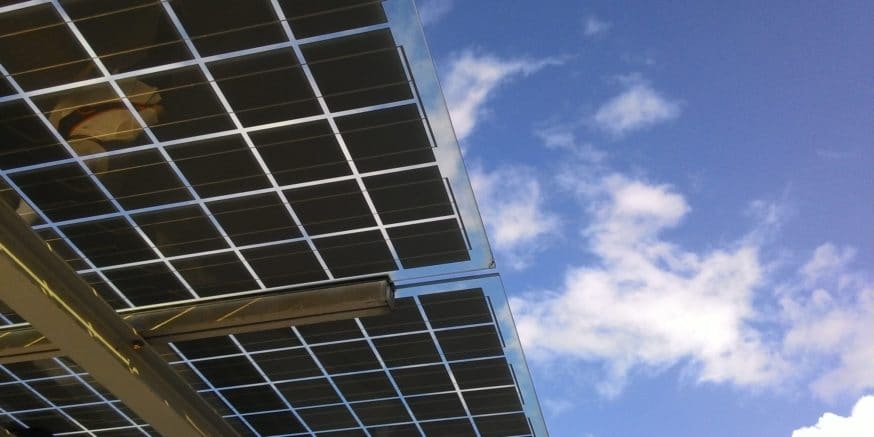TLDR
- Daylight raised $75 million in combined equity and project financing to build a decentralized solar energy network across the United States
- The funding includes $15 million in equity led by Framework Ventures and $60 million in project financing from Turtle Hill Capital
- The company offers solar power as a subscription service, eliminating the typical $30,000 upfront cost for panels and batteries
- Customers earn “sun points” for contributing energy back to the grid, with plans to introduce a token in the future
- The DayFi protocol aims to make electricity an on-chain asset class that investors can access through decentralized finance
Daylight, a decentralized physical infrastructure network focused on solar energy, has secured $75 million to expand its blockchain-based power grid. The funding combines $15 million in equity led by Framework Ventures with $60 million in project financing from Turtle Hill Capital.
We’ve raised $75M to build the decentralized energy network powering the world’s most important commodity: electricity.
This funding helps us move faster toward an electric grid that delivers what the old one no longer can: affordability, reliability, and abundant power. pic.twitter.com/Jk8fIlSQko
— Daylight (@daylightenergy_) October 16, 2025
Other investors in the round include a16z Crypto, M13, EV3 Ventures, Lerer Hippeau, and Room40 Ventures. The company announced the funding on October 16, 2025.
The project addresses a major barrier to solar adoption by offering power as a subscription service. Traditional solar panel and battery installations can cost consumers over $30,000 upfront. Daylight’s model eliminates this expense.
The network generates revenue through two channels. It collects subscription fees from customers and sells excess energy back to the power grid. Customers who contribute to the decentralized solar grid earn “sun points” as rewards.
The company plans to introduce a token in the future. Its testnet went live in 2024.
Building an On-Chain Energy Market
The funding will support development of the Daylight Network. The system connects capital directly to power generation through blockchain technology.
At the center of Daylight’s approach is DayFi, a decentralized finance protocol. The protocol allows investors to gain exposure to electricity as an asset class. The company describes this as transforming the electron into a digital commodity.
The project falls under the category of DePIN, or decentralized physical infrastructure networks. These projects use blockchain technology to create community-owned infrastructure that operates alongside traditional centralized systems.
Daylight says its infrastructure will scale through community participation. Users can both contribute to and profit from the decentralized power grid.
Energy Demand Pressures
The current power grid faces pressure from high-performance computing needs. Artificial intelligence data centers and cryptocurrency mining operations require substantial energy input.
Wholesale energy prices near data centers have increased 267% since 2020, according to Bloomberg. This increased demand from the tech sector could raise costs for all consumers.
Major tech companies are exploring alternative energy sources. Amazon signed a deal with Talen Energy in June for 1,920 megawatts of nuclear power. The power will supply Amazon’s AI data centers and service facilities in Pennsylvania.
Google, Meta, and Microsoft are also investigating alternative energy options. These companies aim to reduce their reliance on the traditional electrical grid.
Greg Osuri, founder of Akash Network, told Cointelegraph that AI training and centralized data centers could trigger a global energy crisis. Akash Network is an open-source marketplace for computing power.
The solution, according to Osuri, involves decentralizing the data center business. This means pulling computing power from distributed sources including consumer computers and enterprise processors.






